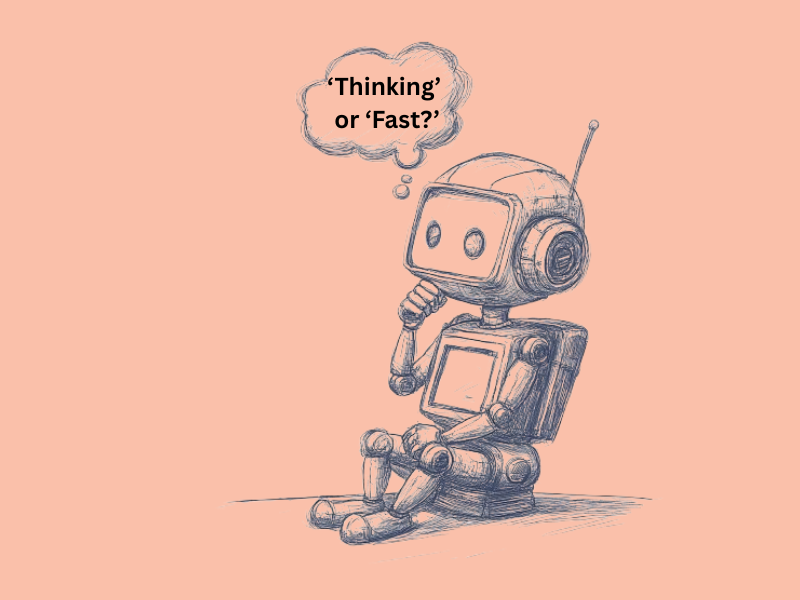When OpenAI released GPT-5 last week, the company promised a simpler ChatGPT experience.
GPT-5 was designed as a single, versatile model: it would automatically decide the best way to respond to any query.
This “one-size-fits-all” approach aimed to remove the need for the old model picker entirely.
However, the plan did not last. The model picker has returned and is more complex than before.
OpenAI’s Plan
OpenAI’s vision was to build a GPT-5 built-in “router” that would select the right approach for each user request.
It would consider speed, depth, and tone without requiring any manual selection. Many welcomed this idea, especially those who found the old list of models overwhelming.
Even CEO Sam Altman admitted he disliked the earlier menu. Yet, only days later, OpenAI has added more choices.
New GPT-5 Modes
In a post on X, Altman announced three modes for GPT-5: Auto, Fast, and Thinking.
Auto selects the most suitable option automatically, Fast gives quick, concise responses, and Thinking delivers slower but more detailed answers.
Alongside these, paid subscribers can now access older “legacy” models, including GPT-4o, GPT-4.1, and o3.
GPT-4o appears in the picker by default; others can be enabled through settings. While this change restores access to popular models, it also increases complexity.
The clean, unified system OpenAI initially promoted is no longer in place.
Personality
Personality has become an unexpected factor as many users preferred GPT-4o for its warmer tone.
GPT-5, in comparison, feels more neutral. Altman acknowledged this feedback, stating that OpenAI is developing a warmer GPT-5 personality, without the excessive informality that some disliked in GPT-4o.
He also suggested that the future may include more customization. Users could adjust personality settings to fit their preferences.
This change would address the trend of personal attachment to AI models, a phenomenon illustrated when a group in San Francisco held a symbolic “funeral” for Anthropic’s Claude 3.5 Sonnet after its removal.
The Launch
GPT-5’s launch was not seamless: on release day, its routing system experienced issues.
Many users found the model slower or less accurate than previous versions. Altman addressed these concerns during a Reddit AMA.
Nick Turley, OpenAI’s Vice President of ChatGPT, also responded on X. He noted that the first attempt would not be perfect, but praised the team’s ability to adapt quickly.
Routing is a demanding task. It requires assessing both the nature of the request and the user’s expectations.
Then, the system must make a split-second decision that maintains speed and quality. GPT-5’s router is still being refined to carry out this task accurately.

